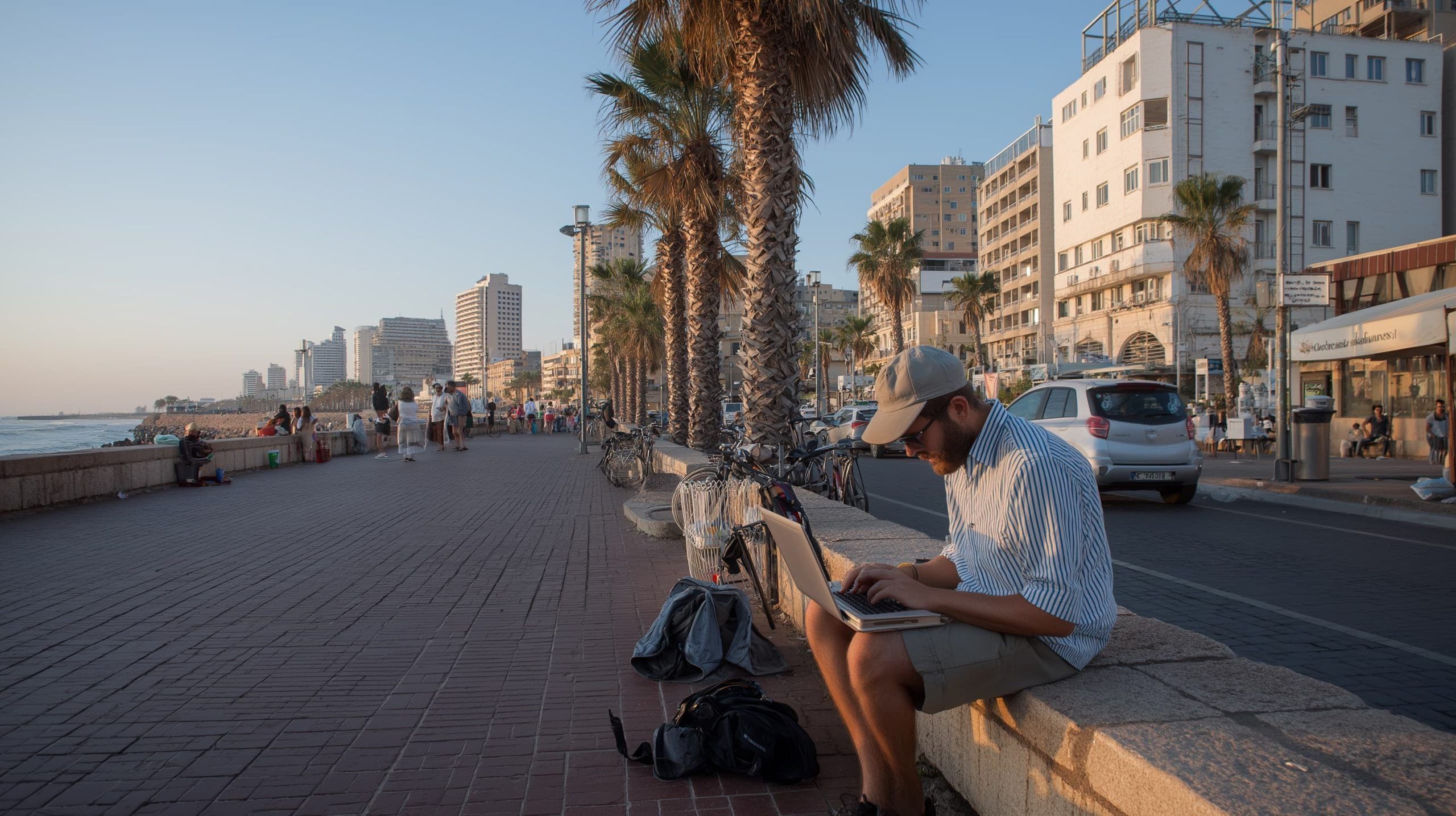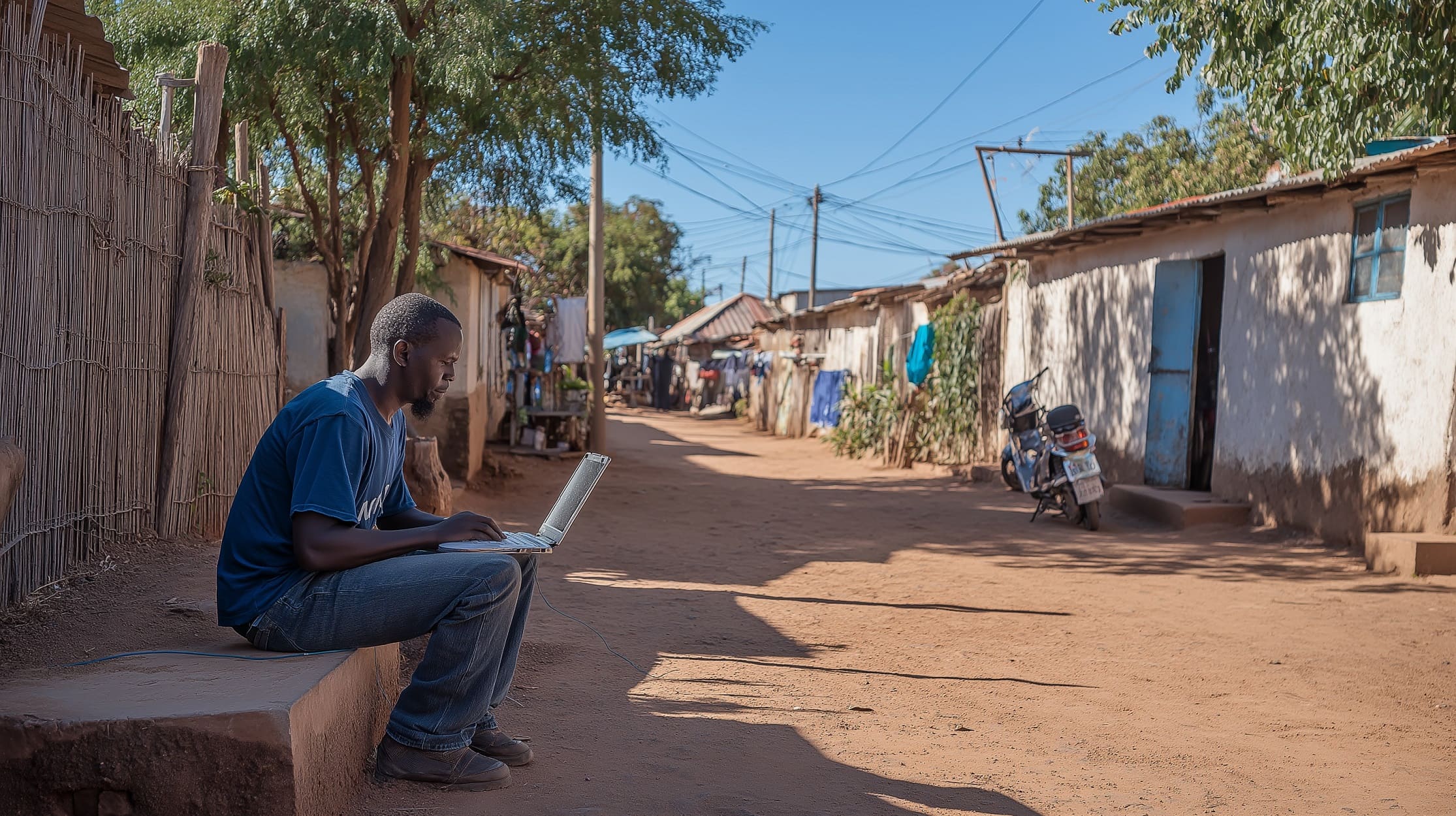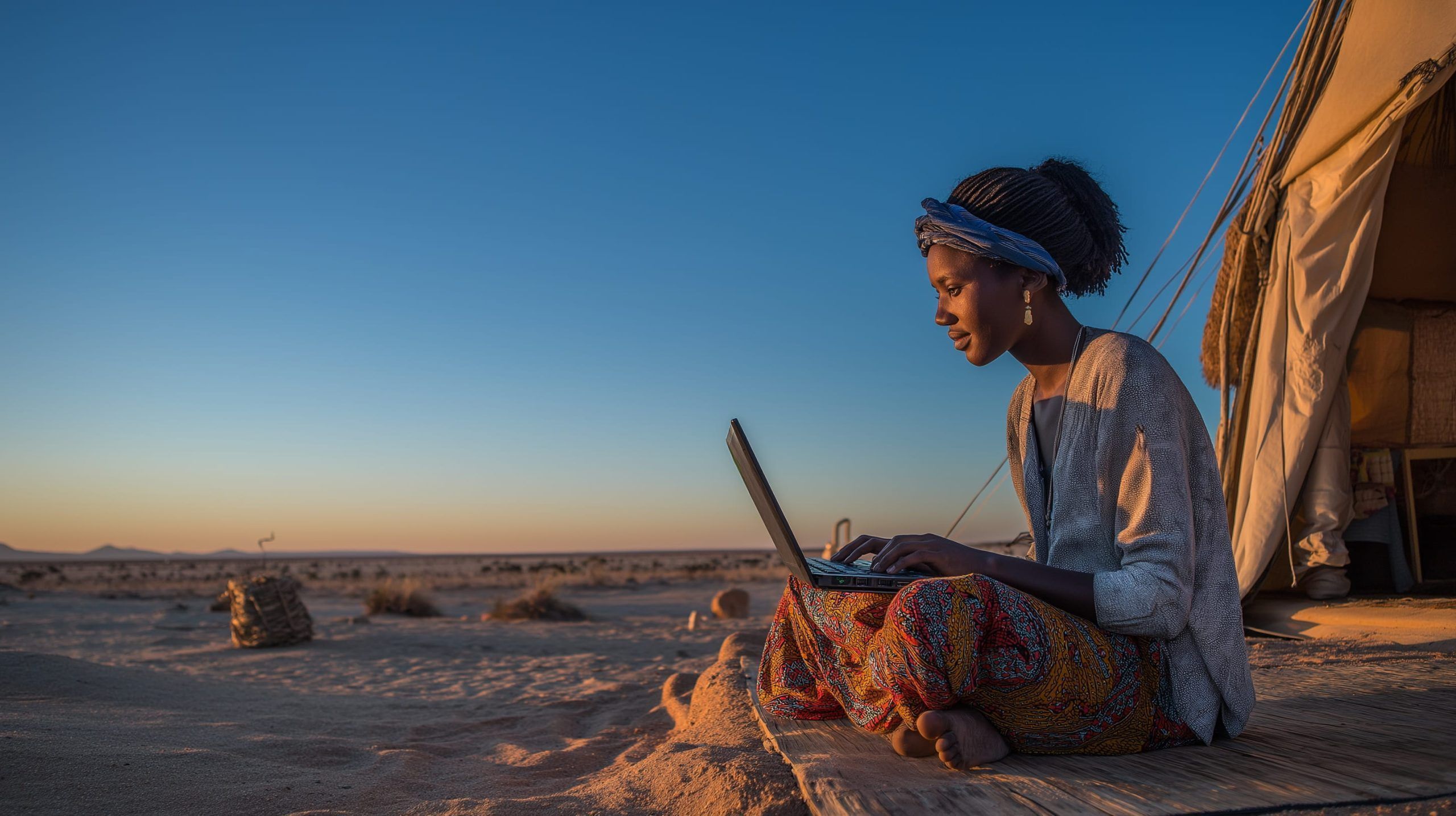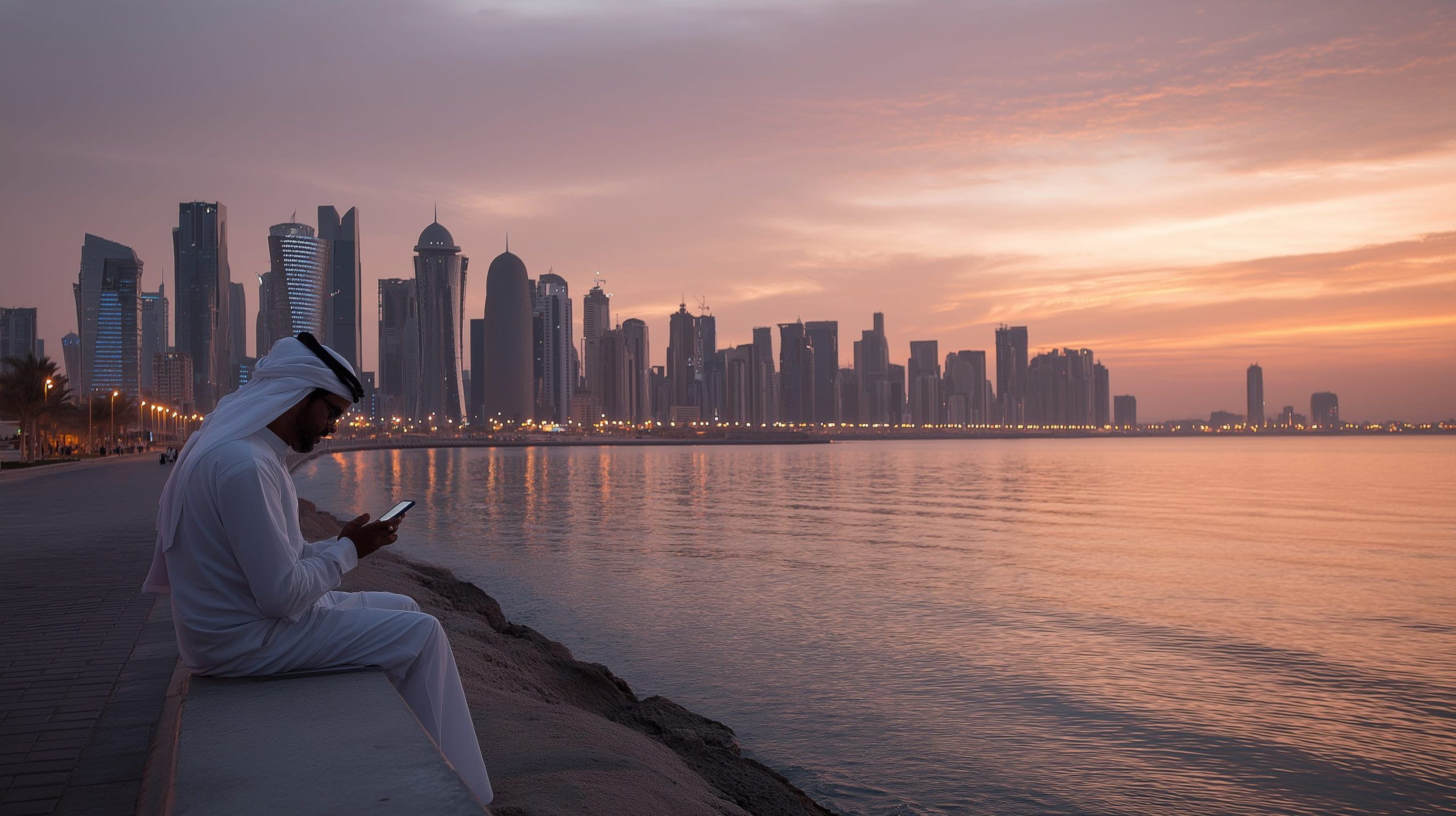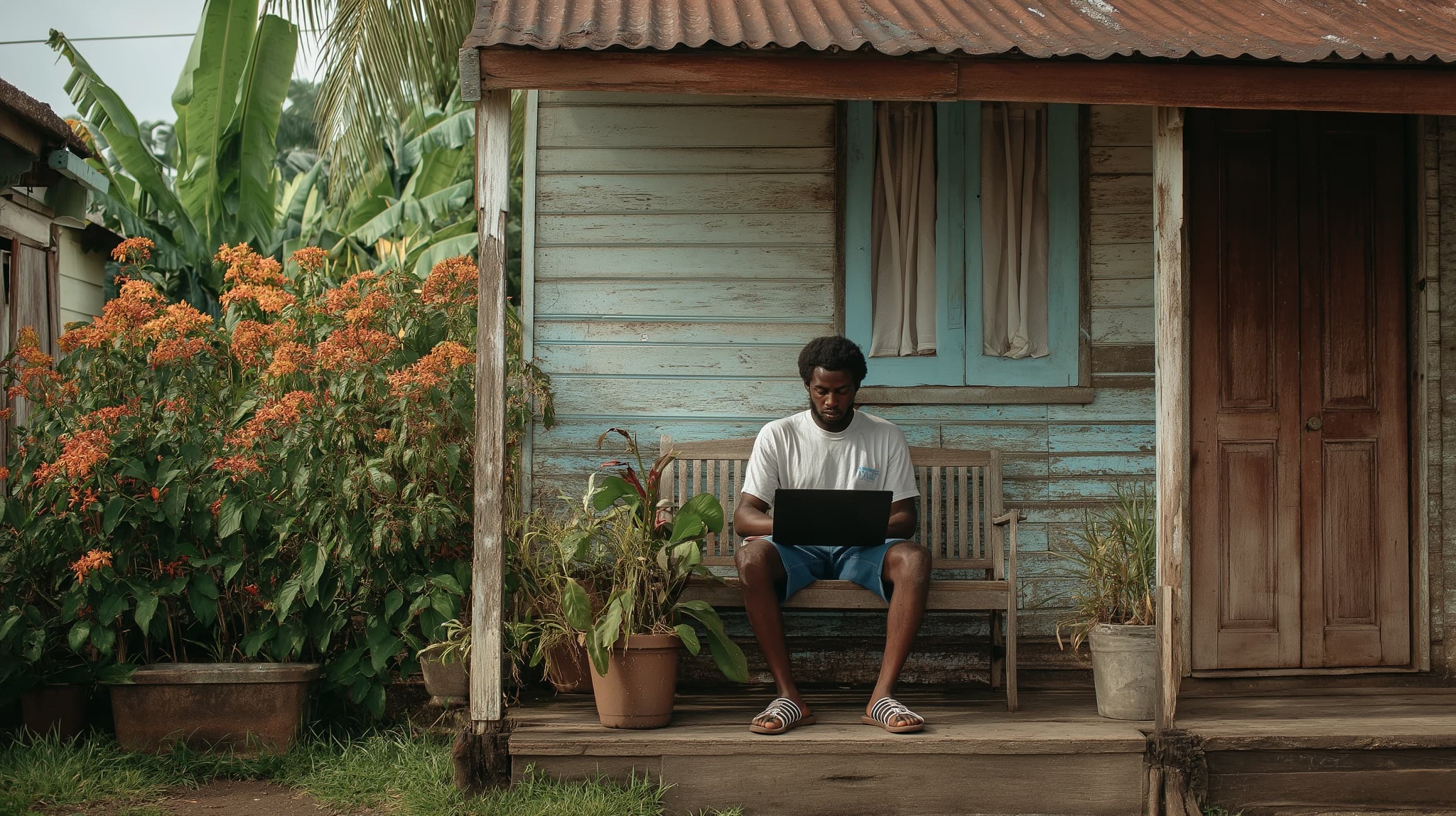
The Race to 6G: How the Next-Gen Network Will Revolutionize Connectivity (and Leave 5G in the Dust)
6G will operate in sub-terahertz bands roughly 0.1–1 THz, enabling peak data rates up to 1 Tbps under ideal conditions, a goal highlighted by researchers like Mahyar Shirvanimoghaddam. Ultra-low latency targets microseconds, specifically about 1 µs one-way, enabling real-time holographic video, tactile Internet, and near-instantaneous AR/VR. AI-native architecture: 6G will embed AI/ML at its core, with industry players like Nokia Bell Labs aiming to validate an AI-native air interface. Integrated sensing and imaging: 6G will fuse wireless communication with sensing to enable millimeter-precision positioning and environmental monitoring. Ubiquitous connectivity across ground, air, and space: non-terrestrial networks (NTN) are designed in




